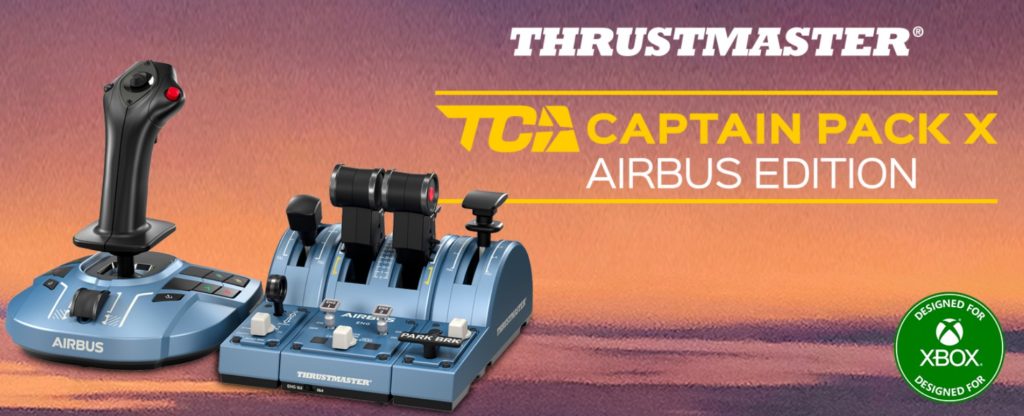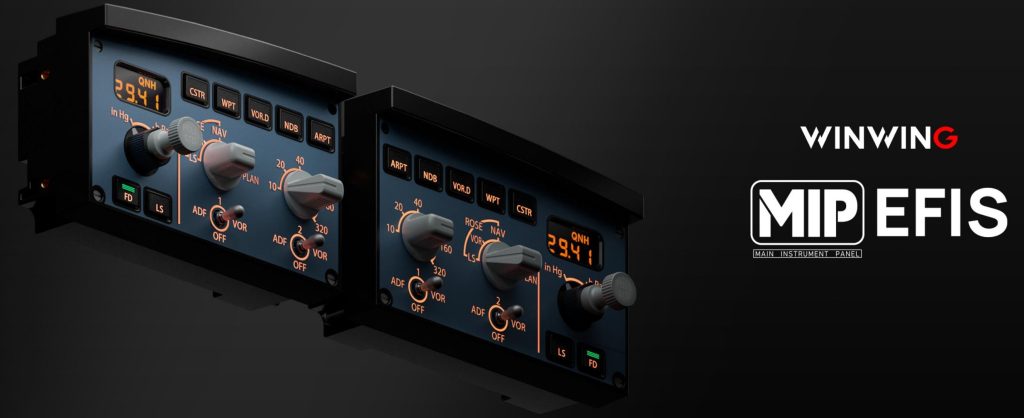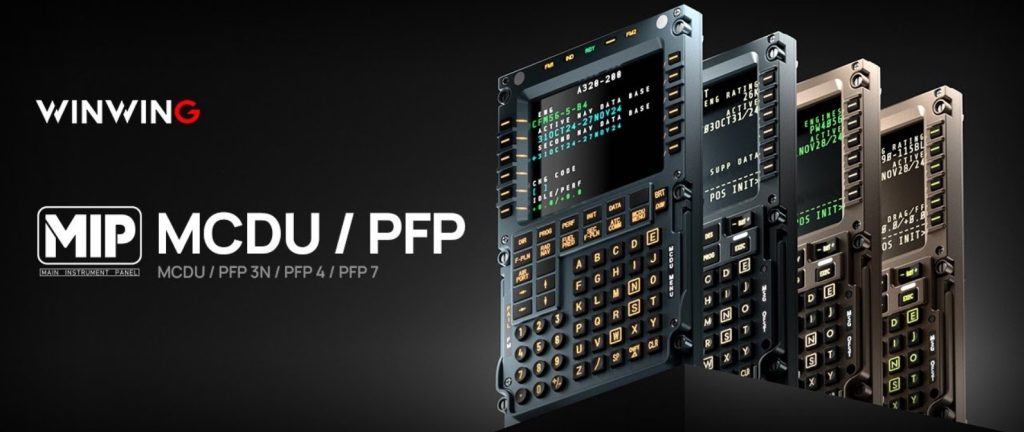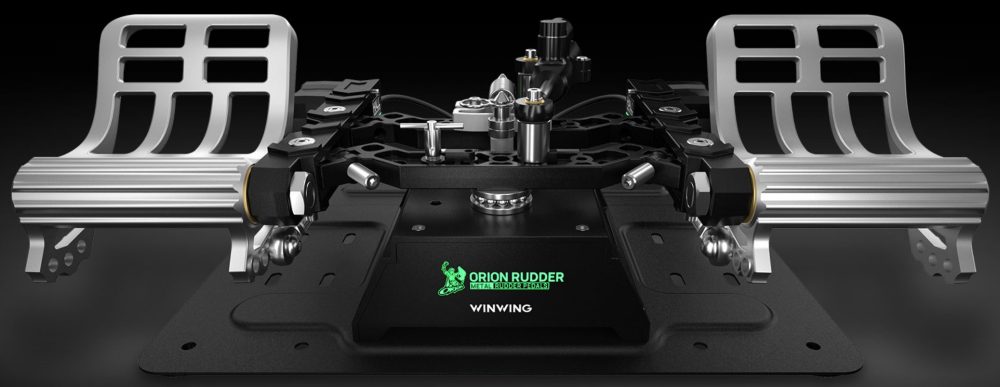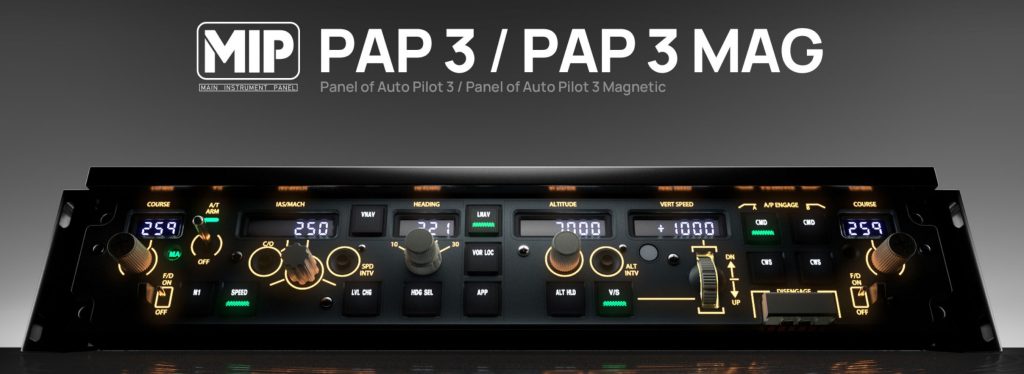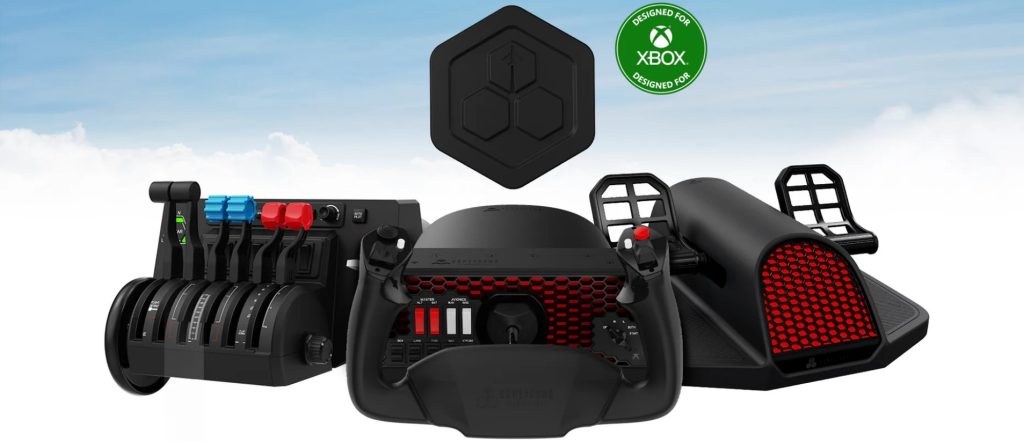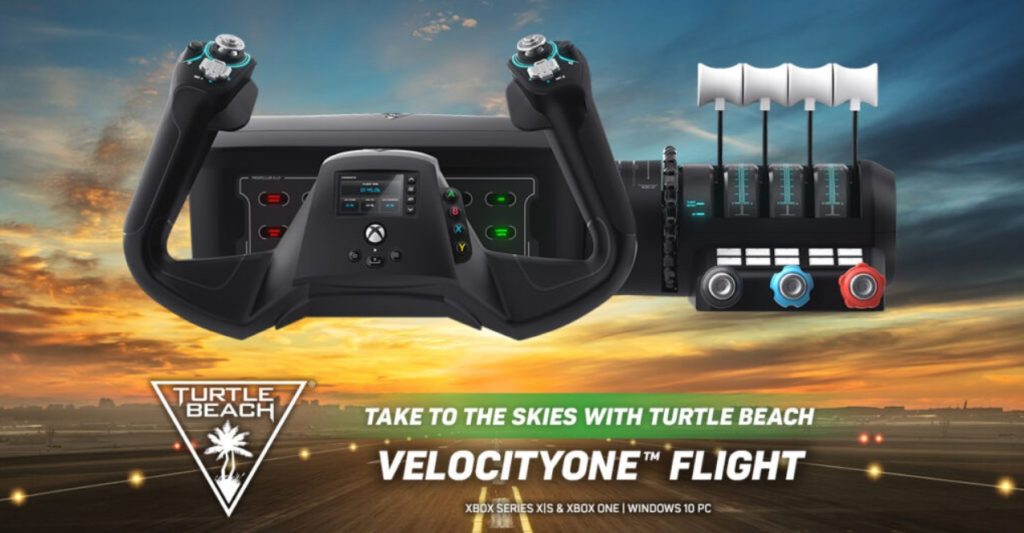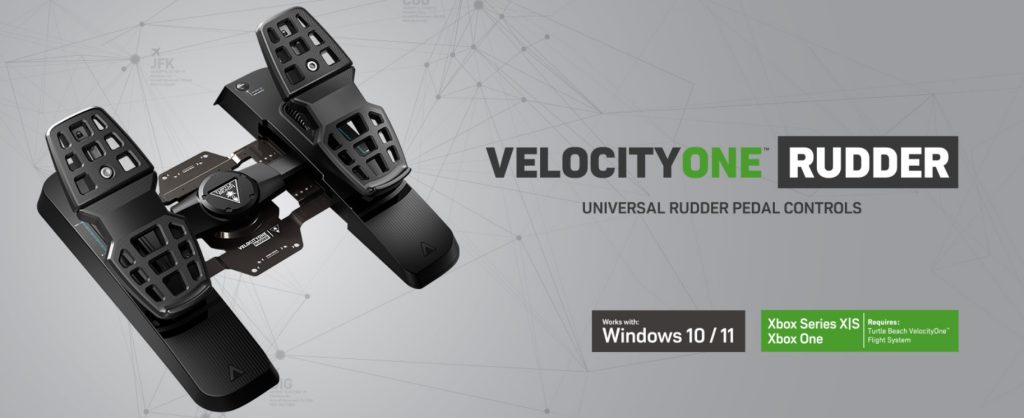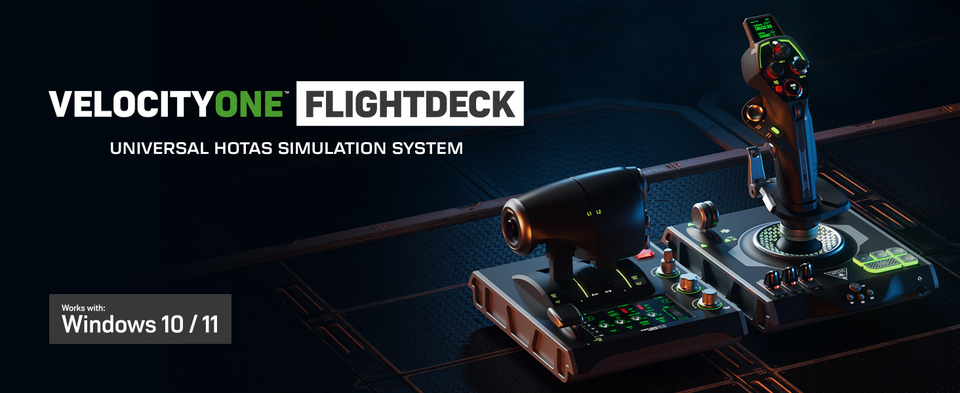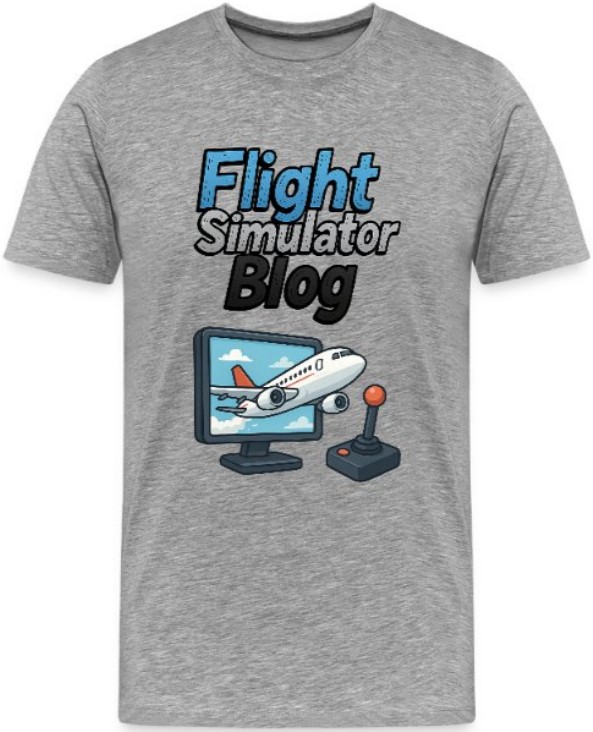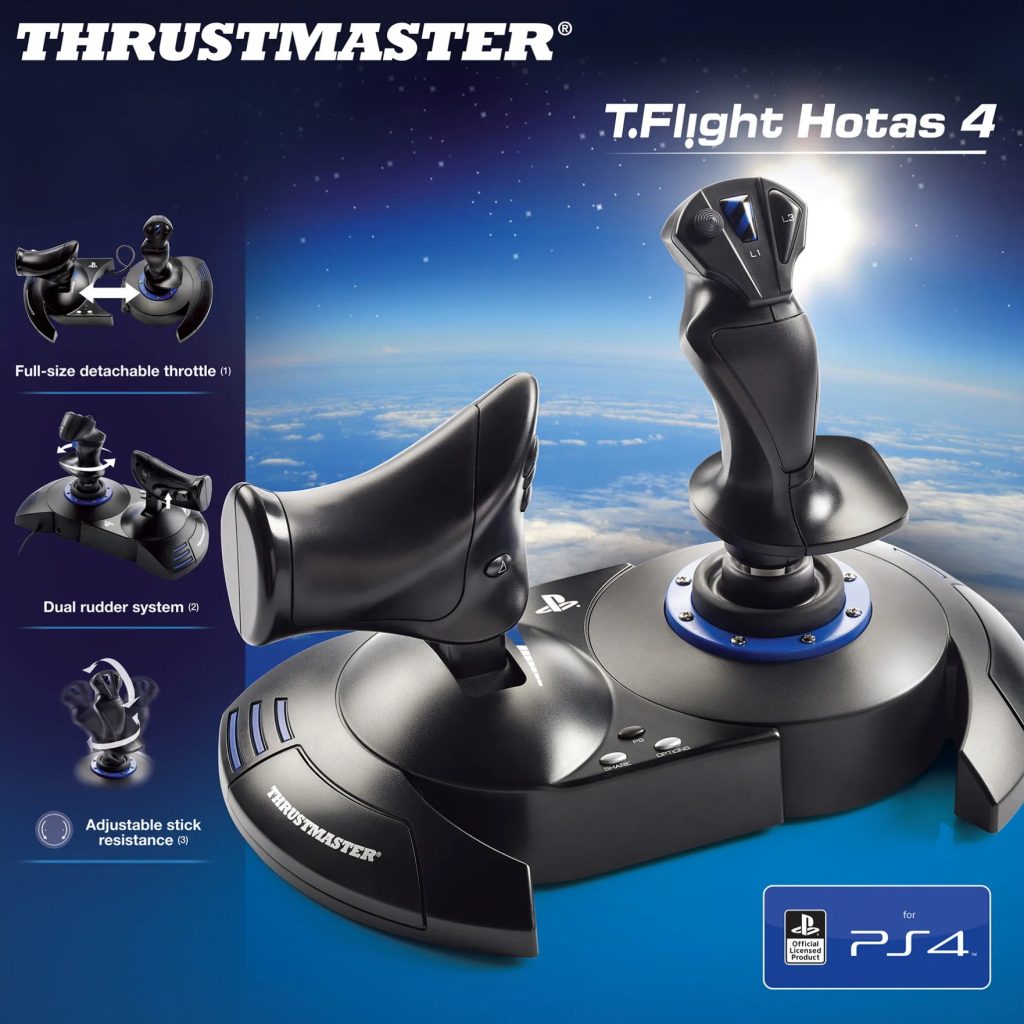Flying is in my blood. I’ve spent thousands of hours in the cockpit of real aircraft—Cessnas, Beechcraft, and eventually jets. I’ve smelled the Avgas on my hands, felt the rumble of turbines on rotation, and trusted my life to a set of instruments and a yoke in turbulent skies. That’s my reality. But when the world of flight simulators and home cockpits became increasingly advanced, I started wondering how close consumer-grade hardware could come to my day job. That’s what brought me to the Thrustmaster T.Flight Full Kit, a bundle that includes the T.Flight HOTAS One stick-and-throttle combo, the TFRP rudder pedals, and the software compatibility that bridges console and PC.
This isn’t your average gamer’s review. This is a perspective from someone who has actually stalled aircraft, hand-flew ILS approaches in low visibility, and learned to trim by feel rather than button. With that context in mind, let me take you through my impressions of the T.Flight Full Kit—not just as a piece of consumer hardware, but as a training aid, a toy, and maybe even a bridge between two worlds.
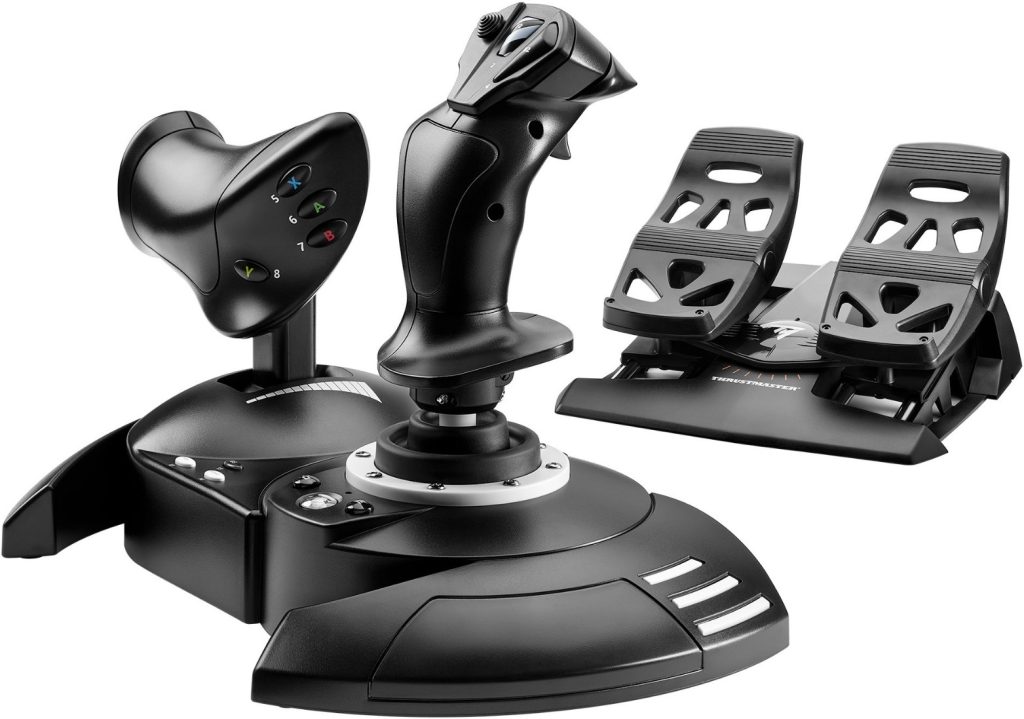

First Impressions: Unboxing the Cockpit-in-a-Box
I still remember unboxing my first real aviation headset as a student pilot: the leather smell, the weight of it in my hands, and the feeling that I’d just joined a special club. Opening the T.Flight Full Kit wasn’t quite the same, but it had echoes of that memory. Inside, everything is neatly packaged—the joystick and throttle combination, the separate rudder pedals, and a mess of cables that immediately tell you: this isn’t a wireless toy.
The stick itself has a decent weight to it. Not heavy enough to trick me into thinking it’s milled aluminum like a real aircraft control column, but substantial enough to feel like a serious tool rather than a plastic novelty. The throttle slides with an audible resistance, and the buttons have a tactile “click” that reassures you. The pedals are made of plastic, but surprisingly rugged, with adjustable width to accommodate different stances.
As I placed everything on my desk, I had the same thought I had the first time I sat in a Piper Archer: “Alright, let’s see if this thing flies.”
Build Quality: Between Toy and Tool
Let’s address the elephant in the room. The T.Flight kit is not designed to compete with $1,000+ boutique yokes and pedals from companies like Honeycomb or Brunner. It’s a consumer-grade set, accessible in both price and availability. And you feel that right away. The materials are predominantly plastic, the throttle detents are not silky-smooth, and the pedals flex just a little if you stomp on them.
But here’s the twist: it doesn’t matter as much as you’d think. In aviation, the golden rule is “use what works reliably.” This kit, while not luxurious, is sturdy, predictable, and precise enough to provide real immersion. I’ve flown enough aging Cessna 172s with duct-taped armrests and worn-out throttle knobs to know: plastic doesn’t kill the experience. Consistency does. And the T.Flight delivers consistency.
The stick’s movement is smooth and centers predictably. The throttle, while a little stiff, has enough resolution to let you finesse engine power in a sim. And the pedals—my biggest concern initially—actually surprised me. They give just enough resistance to mimic real-world rudder inputs, especially during crosswind landings in Microsoft Flight Simulator and X-Plane 12.
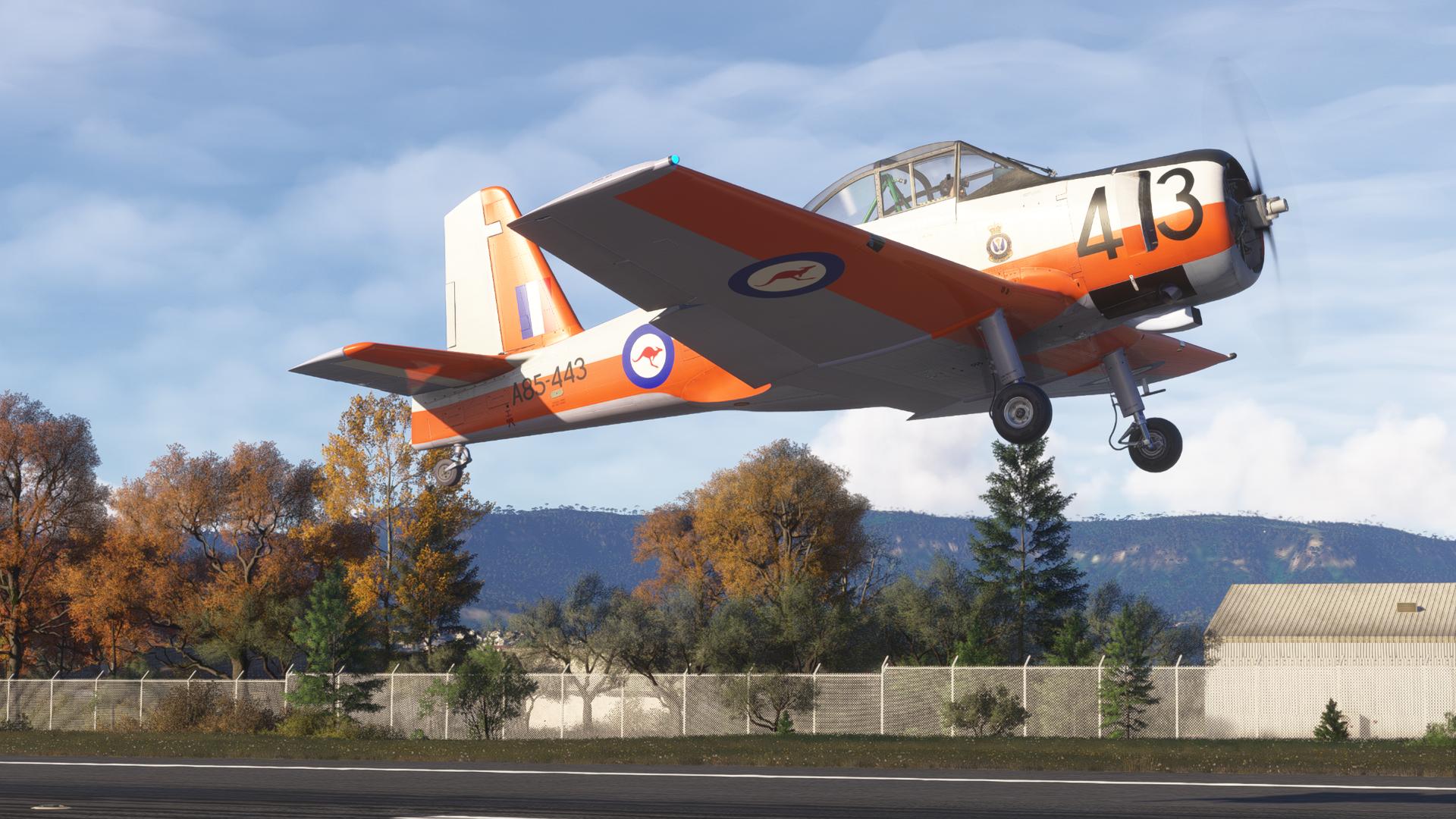
Setup and Compatibility: Plug-and-Fly
In aviation, paperwork and checklists are everything. Before any takeoff, you’ve got run-up checks, weight and balance calculations, clearance readbacks. With the T.Flight Full Kit, setup was blessedly simpler.
Plug it in, install the drivers, and the system recognizes everything right away. On Xbox, it’s nearly seamless. On PC, I did have to tweak sensitivity curves and dead zones, which brought back memories of leaning over a maintenance logbook, but once dialed in, the kit felt intuitive.
Within an hour, I was “airborne” in Microsoft Flight Simulator, lining up a Cessna 152 at my home field. The calibration was good enough that my muscle memory—rudder on takeoff roll, gentle right rudder to counteract torque—kicked in naturally. That’s when I realized this setup could trick my brain into believing, at least for a moment, that I was really flying.
Stick and Throttle: A Pilot’s Hands-On Assessment
The HOTAS (Hands-On Throttle and Stick) concept comes from military aviation, and while I don’t fly F-16s in real life, the ergonomics make sense even in general aviation simulation.
The stick itself is comfortable, with a molded grip that fits well in the hand. The buttons and hat switch are well-placed—close enough that I didn’t need to glance down mid-flight. This is key: in a real cockpit, you never want to take your eyes off the instruments or outside references.
The throttle quadrant, however, is a mixed bag. In real-world flying, throttle levers move with a certain mechanical smoothness—friction-based, but precise. The T.Flight throttle, while functional, is more “ratchety.” Not in a bad way, but it lacks the organic feel of real levers. I found myself over-controlling at first, pushing too much or too little power, before I adjusted. After a few flights, my brain made peace with it.
There’s also a rudimentary sliding rudder control on the throttle itself—a clever backup for those without pedals. But once you have the pedals plugged in, you’ll never go back. It’s like choosing between driving a car with a proper steering wheel versus a video game D-pad.


Pedals: Where the Magic Happens
If there’s one thing that separates casual simmers from those who want to taste real-world flying, it’s rudder control. Coordinated turns, crosswind landings, and even taxiing rely heavily on proper pedal use.
The TFRP pedals aren’t works of art, but they deliver the goods. The sliding mechanism is smooth, and the spring tension feels natural. As I lined up for a crosswind approach at Innsbruck in the simulator, I instinctively applied opposite rudder to align with the runway—just as I would in a real cockpit. The fact that the pedals allowed me to practice such muscle memory was the biggest win for this kit.
I also experimented with differential braking in taildraggers, and while it’s not as crisp as hydraulic toe brakes in reality, it’s close enough to give the sensation of working the aircraft on the ground. For students or curious gamers, that’s a huge leap in realism.
Realism Factor: Can This Replace a Cockpit?
Let’s be honest: no consumer joystick will replicate the seat-of-your-pants flying you get in the real sky. You can’t feel turbulence in your gut or the subtle buffet before a stall through plastic hardware. But in terms of procedural realism, the T.Flight Full Kit gets remarkably close.
I used it to practice IFR holds, VOR intercepts, and even some raw data ILS approaches. The tactile feedback of managing throttle, rudder, and stick together gave me the same mental workout I’d get in an aircraft. Was it as precise? No. Did it teach me bad habits? Not really. In fact, it reinforced good habits: trimming properly, managing coordinated flight, scanning instruments.
Where it falls short is in fine motor fidelity. In a real aircraft, tiny wrist movements make all the difference. On the T.Flight stick, there’s a little more play, and you lose some granularity. But again, for the price point, it’s astonishing how close it gets.
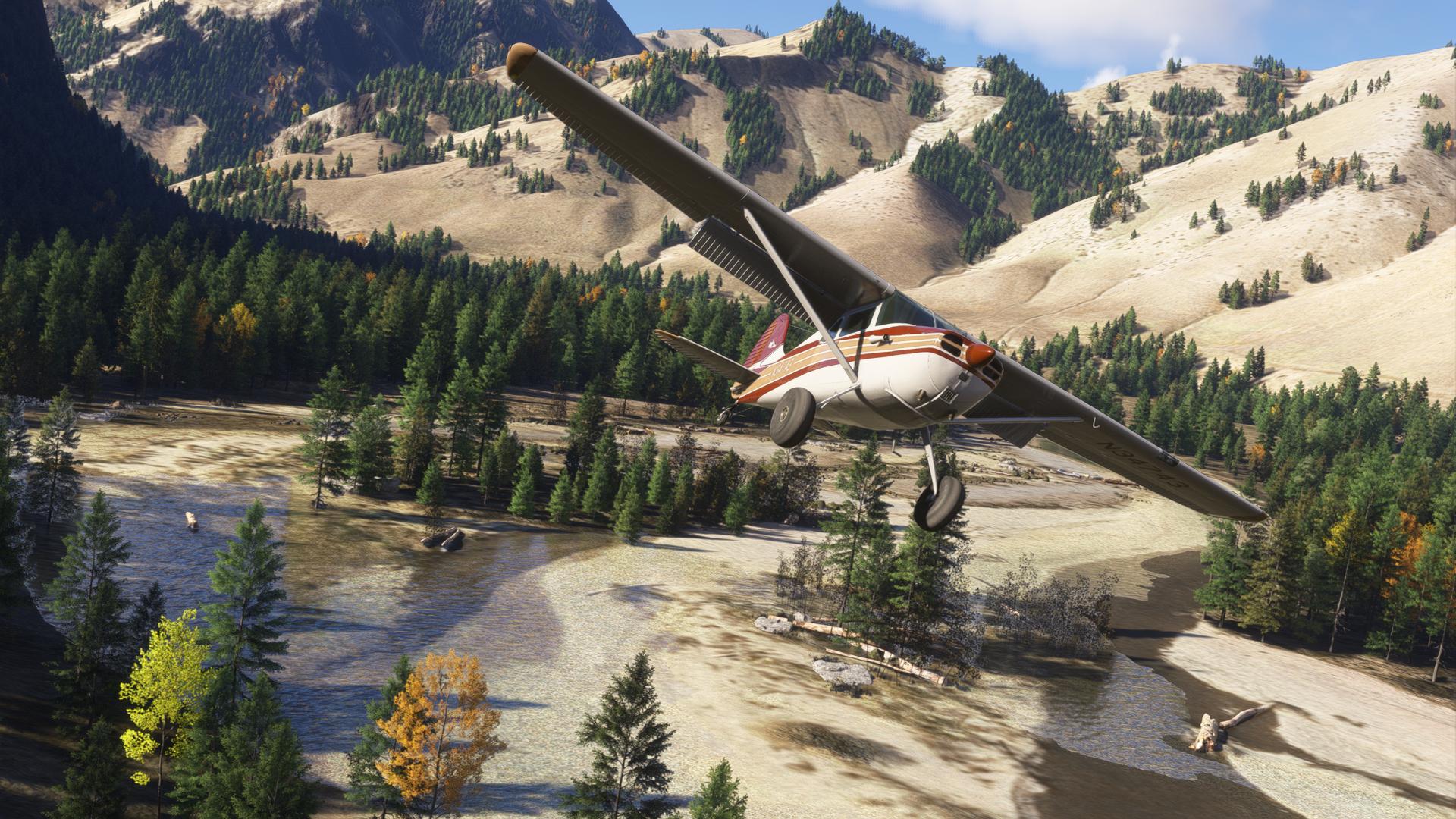
Who Is This For?
From a pilot’s point of view, this kit is perfect for three kinds of people:
- Student Pilots – If you’re working on your private pilot license, this setup can reinforce lessons outside of the cockpit. Practicing basic maneuvers, pattern work, or instrument scans at home saves both time and money when you’re actually renting an airplane.
- Casual Simmers – If you’re an aviation enthusiast who dreams of flying but may never sit in a real cockpit, this kit offers a surprisingly authentic taste. You’ll learn just enough about rudder control, throttle management, and pitch stability to appreciate the complexity of real-world flying.
- Pilots Who Can’t Get Enough – For people like me, who can’t always get access to an aircraft, this is a fun way to scratch the itch. No, it won’t replace the joy of breaking out on top of the clouds, but it’s the next best thing when you’re stuck at home.
The Twist: When a Real Pilot “Forgets” It’s a Sim
I’ll confess something. On my second evening with the T.Flight Full Kit, I found myself in Microsoft Flight Simulator, flying the Daher TBM 930 into Lukla Airport in Nepal. The approach is hair-raising: steep descent, sharp turn, short runway at high altitude.
As I managed throttle and rudder through the valley, sweating in my chair, I realized I was experiencing the same tunnel vision and adrenaline spike that I’d had in tricky real-world approaches. My rational brain knew I was safe at home. But my pilot brain—the one conditioned by years of flying—was convinced I was on final approach with lives at stake.
That’s when I knew: the Thrustmaster T.Flight Full Kit doesn’t just simulate flying. It simulates being a pilot. And that’s a different kind of magic.
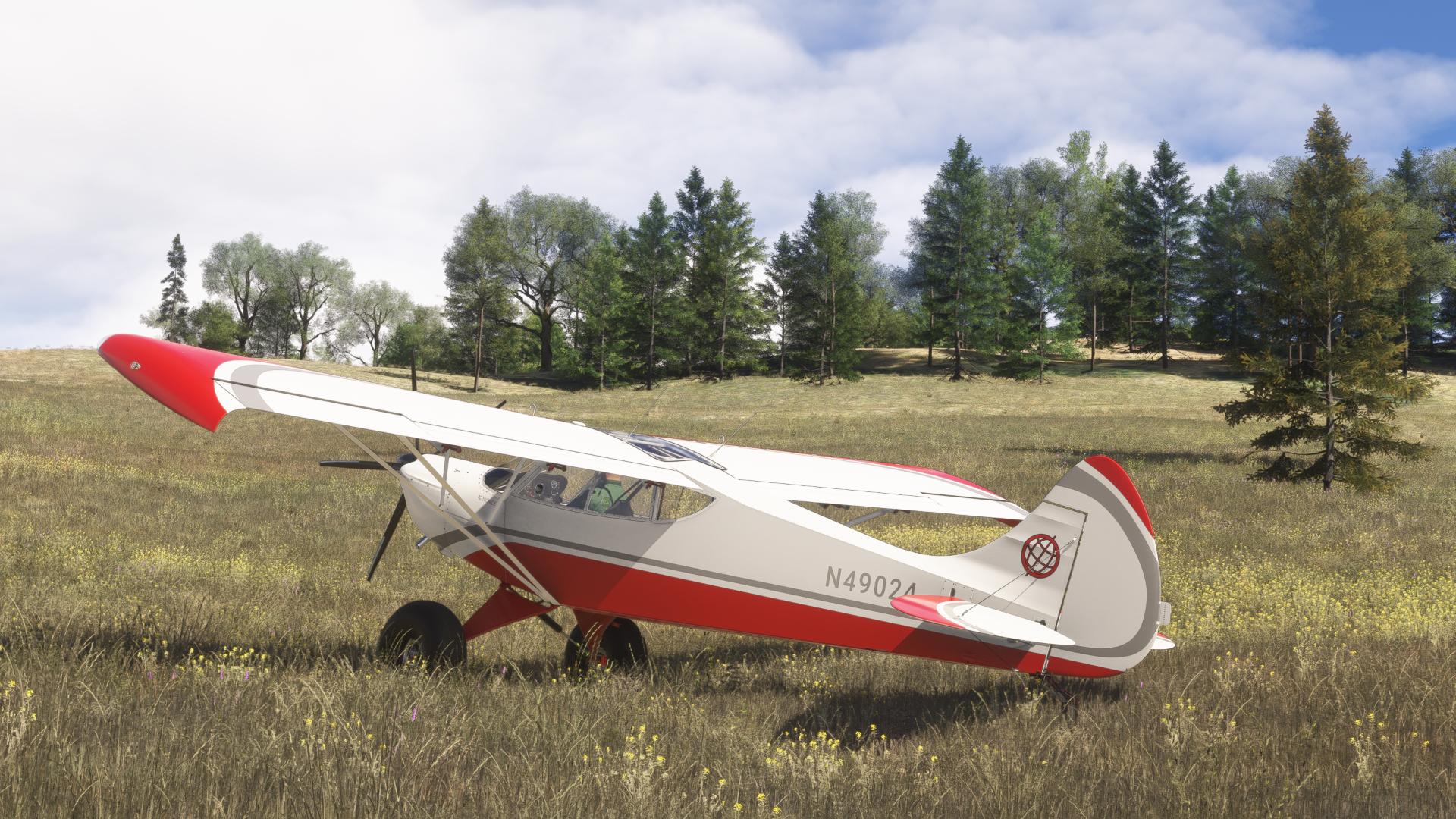
Pros and Cons
Pros:
- Affordable entry point for serious sim hardware
- Seamless setup and cross-platform compatibility
- Stick and throttle ergonomics are intuitive
- Pedals add huge realism, especially for crosswinds and taxiing
- Reinforces real-world piloting habits
Cons:
- Plastic build lacks premium feel
- Throttle movement not as smooth as real levers
- Pedals flex slightly under heavy pressure
- Limited fine motor fidelity compared to pro hardware


Final Verdict
As a real pilot, I approach flight simulation hardware with skepticism. No joystick or pedal can ever fully replicate the weight of the sky, the feel of lift under your wings, or the responsibility of carrying passengers safely. But the Thrustmaster T.Flight Full Kit comes closer than I expected.
For under $200, you get a functional, reliable, and surprisingly immersive setup that can transform a desktop into a cockpit. It won’t replace real-world flying, but it can train your brain, reinforce your habits, and even trick you into breaking a sweat during a tricky approach.
In aviation, we often say: “The best simulator is the one you’ll actually use.” By that metric, the T.Flight Full Kit earns my respect. It’s not perfect, but it’s practical, and in both aviation and simulation, that’s what keeps you flying.

